The “Time of Flight” camera is the latest in an ever-growing list of specs, abilities and things that manufacturers are adding to their smartphones in the constant race to one-up each other and convince you to spend your hard-earned cash with them.
Time of Flight, abbreviated as ToF, isn’t new technology – commercial applications have been around for a number of years (find out more about the technology at Wikipedia). What is new is the prices of miniaturising it to the size of a smartphone camera sensor, and offering the features in the form of an app.
ToF is all about light and distance measurement. This is something that we’ve seen a lot of attempts to bring into smartphones, with phones based on Google’s Project Tango multi-camera technology perhaps the most notable attempt.

Project Tango measured distance based on the difference in shots captured by multiple cameras at known distances apart. It feels like a single ToF camera might obviate the need for multiple cameras – perhaps providing a hardware cost saving while doing so.
The ability to capture these measurements has been democratised by its appearance in smartphones – anyone can buy the device and start putting it to use, except the apps and features designed to take advantage of the technology don’t really exist yet.
More to the point, manufacturers haven’t really decided on what the features ToF brings to the table actually are. We’ve seen concept videos that go from simple “will this furniture fit my room” measurement applications to far-fetched ideas like using ToF with a traditional camera to perform 3D object scanning.
Oppo’s placed the camera on the back of the phone, while LG announced this week it’ll be adding it to the front. Different placements speak to different features, based on what’s more likely to be in front of the camera in each scenario.
At the launch of its R17 Pro, Oppo told us that while its engineers were excited by the camera technology they hadn’t actually included an app to take advantage of it with the phone. It was still up in the air exactly how apps might take advantage of it.
Now, Oppo has made its first ToF app, AR Measure, available for all R17 Pro users to download. It’s available as an APK from a dedicated page on Oppo’s website, and it’s important to note that it’s a beta preview.
AR Measure offers a camera interface that replaces the shutter button with a “+” button that lets you drop markers and measurements in real 3D space in front of you, and maintains them as you move around within that space.
The markers you drop are dots or lines, depending on the mode in which you’re running, and when you’re done you can export what’s currently in your viewfinder to your device’s gallery or camera roll. The ToF camera attempts to work out the orientation of the surface on which you’re placing the marker, and changes the angle of an in-scene marker to illustrate what it’s seeing.
There’s four modes on offer that dictate how your markers work.
The first mode is Distance, where you drop single point markers that have a distance attached to them. Marker distances update in real time as you move your device around, an impressive technical accomplishment. Useful if you need to know how far something is from you.
The second mode is Length, which drops two markers and tells you the length of a straight line drawn between the markers.
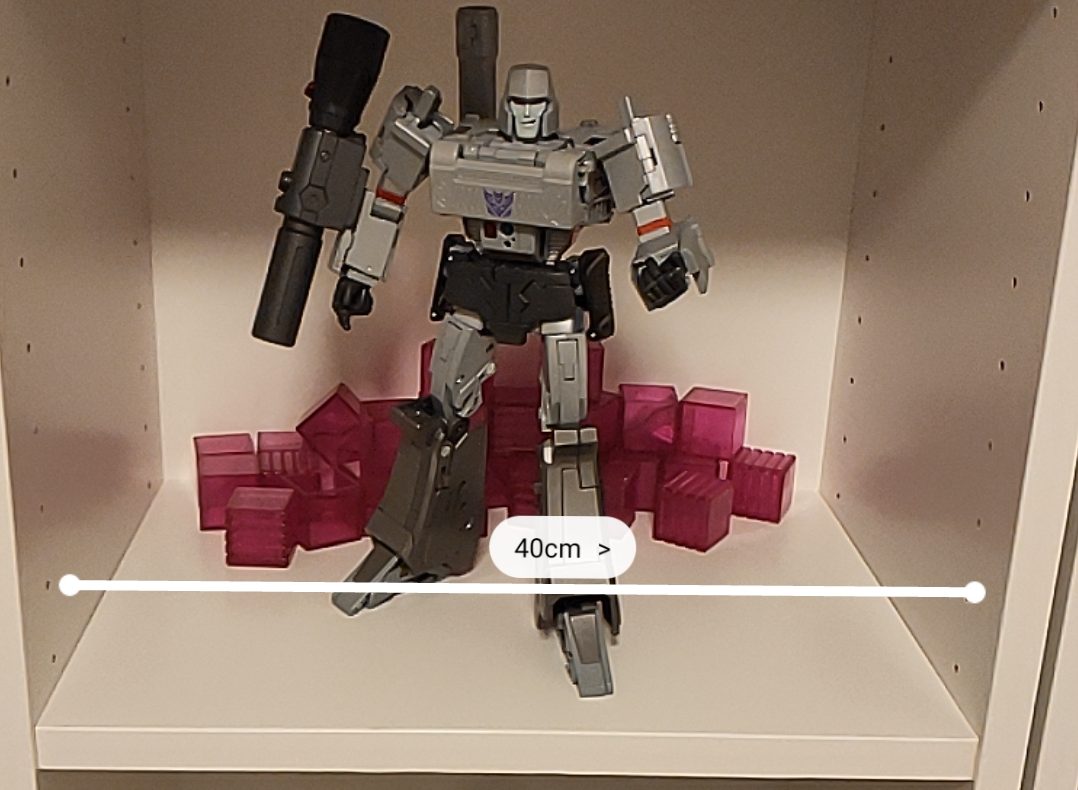
This is probably a bit more useful than the Distance mode, as it lets you see and record the distance between two points – you could record the dimensions of a space before you go out to buy some new furniture to put in it.
The other modes extend these functions, and they’re perhaps a little harder to imagine practical use cases (out my in just not very imaginitive on DIY projects at home).
Angle offers you the angle between two Length measurements (so, three markers) and Area offers you a calculation of the size (likely to be cm²) of an area enclosed by multiple markers (I wonder if they’re planning to extend this with Volume…)
As a technical demonstration of what ToF can do, AR Measure is pretty impressive. Markers remain tracked in 3D space and you can move around to keep them framed in your scene.
However, you do need to remember that it’s beta software – markers can drift off slightly if you move around, and the whole interface is currently geared towards running in portrait mode. It’s also not really very effective beyond about 3 metres.
What I’m interested to see is where ToF technology can go next. Once we’re able to measure the 3D space in front of us, what can we do with it? This is a legitimately new ability for our smartphones, and it feels like it might be a generation or two before we really find a “killer app”. Maybe the future will see multiple sensors in ToF cameras for increased accuracy, or more power for greater distance coverage.
Whether future ToF apps from Oppo arrive within the R17 Pro’s lifetime or not remains to be seen – the R19 Pro is on the horizon, after all. However, with other manufacturers jumping on board as well, it’ll be interesting to see where the applications for the technology will lead us.

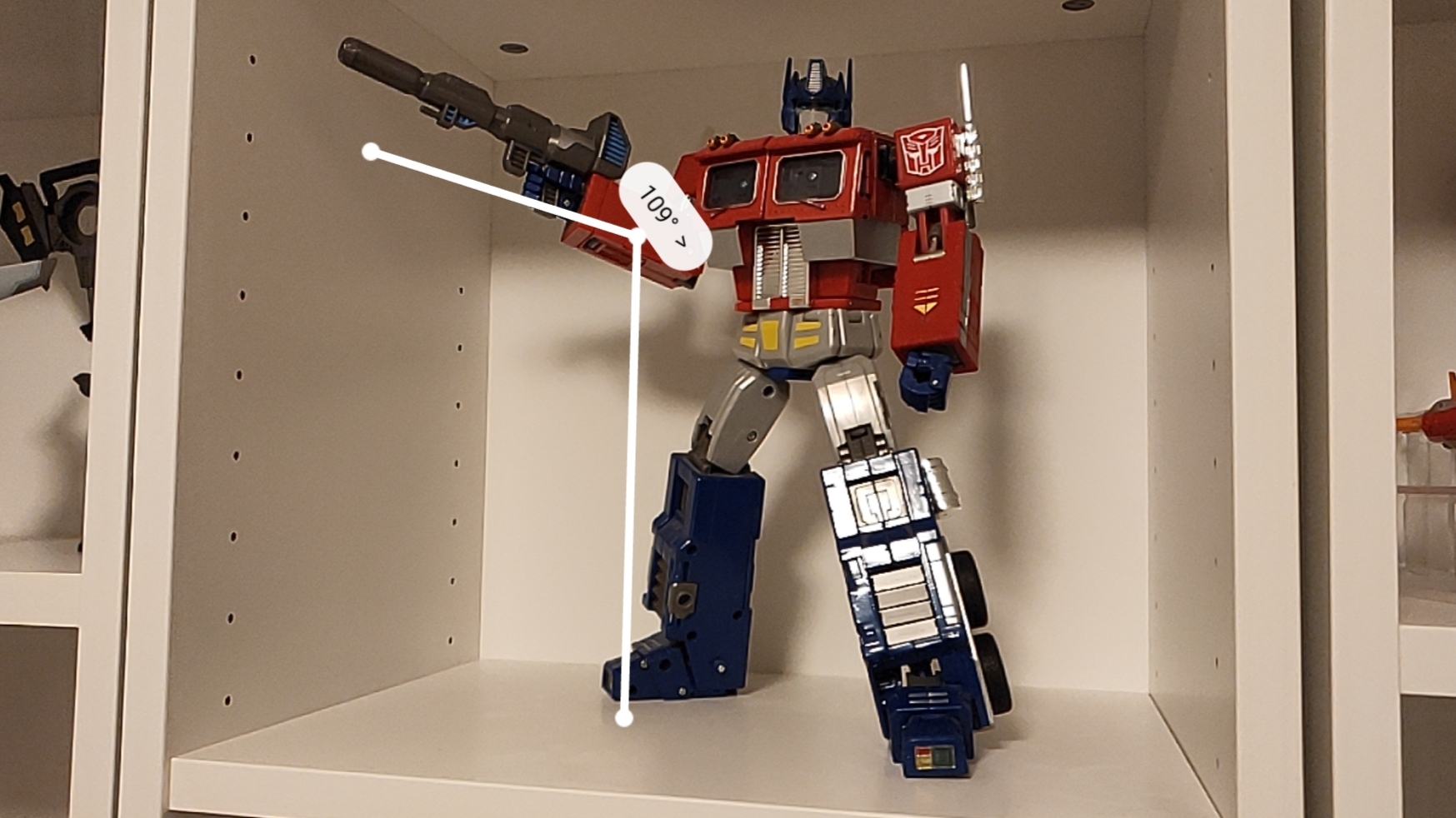


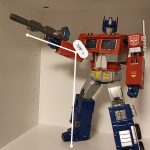

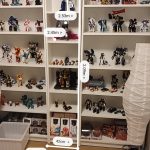
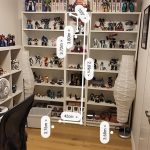

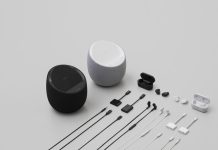
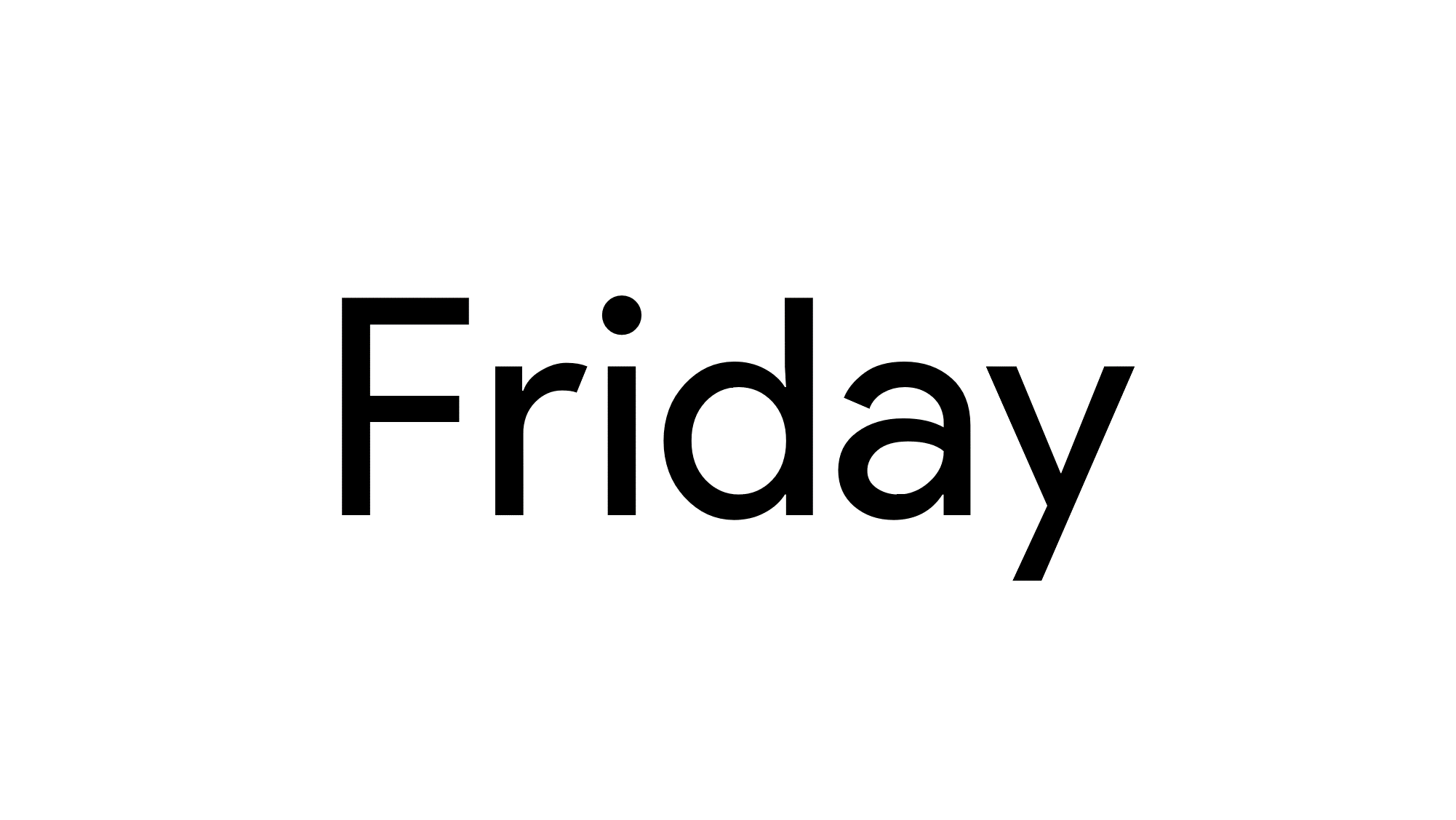
The Galaxy S10 5G apparently has ToF cameras, as different from the other models. This might lead to more app development that makes use of this feature.
Also, the new Nokia 9 PureView has a 3D ToF camera in addition to its other 5 cameras on the rear of the phone.
It’s a bit more sophisticated than Google Measure. But Google Measure can do it with just one camera.